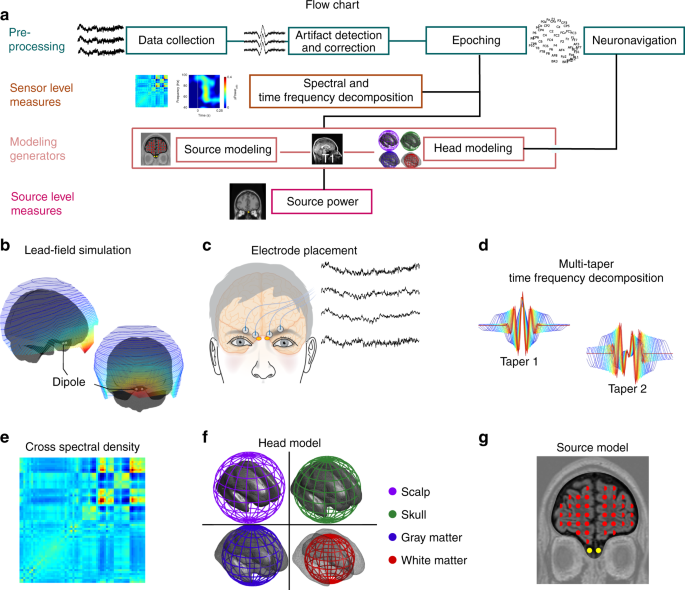What techniques are used to study activity in the olfactory bulb?
Reference




Moonshot's Answer
Several techniques are used to study activity in the olfactory bulb (OB), as identified from the search results:
- Electrobulbogram (EBG) Technique: A non-invasive method for recording functional signals in the human OB 1.
- Optical Imaging Techniques: These visualize experience-induced changes in glomerular odor representations 3.
- Evoked Potential and Unit Activity Recording: Used to study the effects of vagus nerve stimulation on the OB 4.
- Optogenetics Combined with Single-Cell Recordings: Used to selectively activate sensory input channels within the OB 6.
- Functional Magnetic Resonance Imaging (fMRI): Both T2-prepared BOLD fMRI and contrast-enhanced cerebral blood volume-weighted (CBVw) fMRI are used to assess neural activity in the OB 10, 13.
- Dual-Color 2-Photon Ca2+ Imaging and Extracellular Probes: Used to record neuronal activity from populations of neurons in different parts of the OB 14.
These techniques provide a comprehensive approach to studying the complex activity within the olfactory bulb, contributing to our understanding of olfactory processing and related neurological functions.
Follow Up
Related
Young Mind's activation described
How do the physical education activities at AIPCS compare to traditional sports programs?
What are the primary economic activities that support Blumenort's local economy?
What activities does the Silky Terrier enjoy to stay active and avoid boredom?
Gondola2000: levi resort